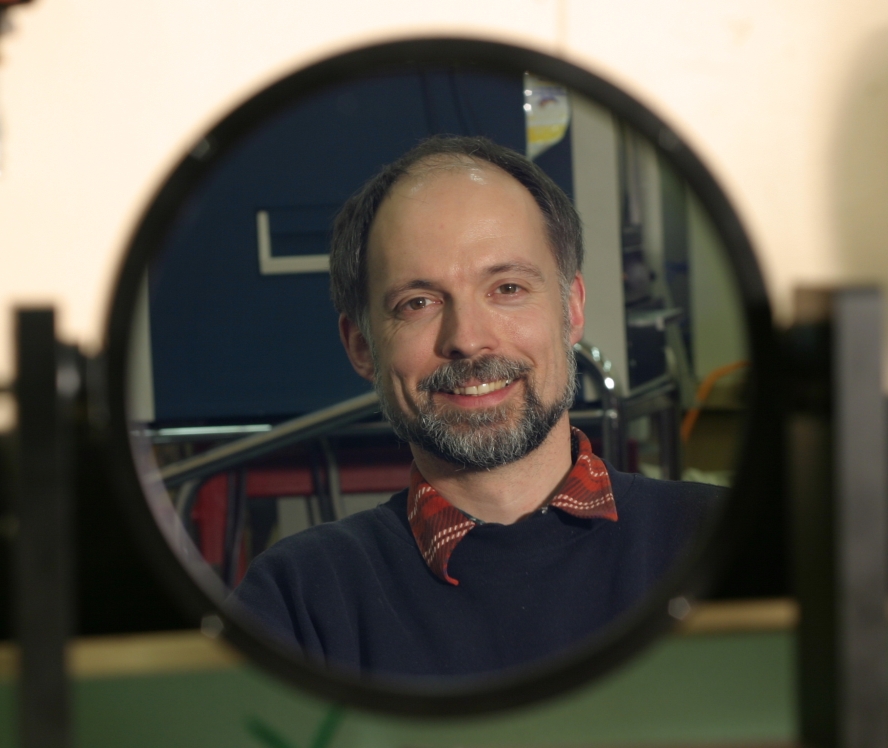
My Expertise
High-speed flows, shock and blast waves, supersonic vehicles, flow visualisation, high-speed camera applications.
Fields of Research (FoR)
Aerospace Engineering, Engineering InstrumentationSEO tags
Biography
Harald Kleine received his degrees in Mechanical/Aeronautical Engineering (Dipl.-Ing., equivalent to a Masters, and Dr.-Ing., equivalent to a PhD) at the Technical University of Aachen, Germany. During his postgraduate studies he began to design and build advanced optical systems for the visualisation of unsteady high-speed gas flows as observed in shock tubes and super- and hypersonic wind tunnels. He continued to work in this field during a...view more
Harald Kleine received his degrees in Mechanical/Aeronautical Engineering (Dipl.-Ing., equivalent to a Masters, and Dr.-Ing., equivalent to a PhD) at the Technical University of Aachen, Germany. During his postgraduate studies he began to design and build advanced optical systems for the visualisation of unsteady high-speed gas flows as observed in shock tubes and super- and hypersonic wind tunnels. He continued to work in this field during a postdoctoral fellowship at McGill University, Montreal, Canada (1995-97). Subsequently, he joined the Ottawa-based company Med-Eng Systems for two years, during which he worked on the design and testing of blast protection equipment. The flow visualisation aspect of Dr. Kleine’s shock wave research came again to the foreground in 1999, when he followed an invitation of Tohoku University, Sendai, Japan, to lead the Gas Dynamics Laboratory within the Department of Aeronautical Engineering. After the end of his contract with Tohoku University in 2002, Dr. Kleine became a Senior Lecturer and later an Associate Professor at the University of New South Wales at the Australian Defence Force Academy in Canberra, where he has established a high-speed flows laboratory. He has published more than 100 papers on density-sensitive flow visualisation and its application to the investigation of various gasdynamic problems. His current work focuses on the development of improved time-resolved visualisation techniques and associated applications in shock wave research such as fully unsteady shock wave reflection/focusing/interaction phenomena as well as studies of the physics of blast waves and exterior ballistics.